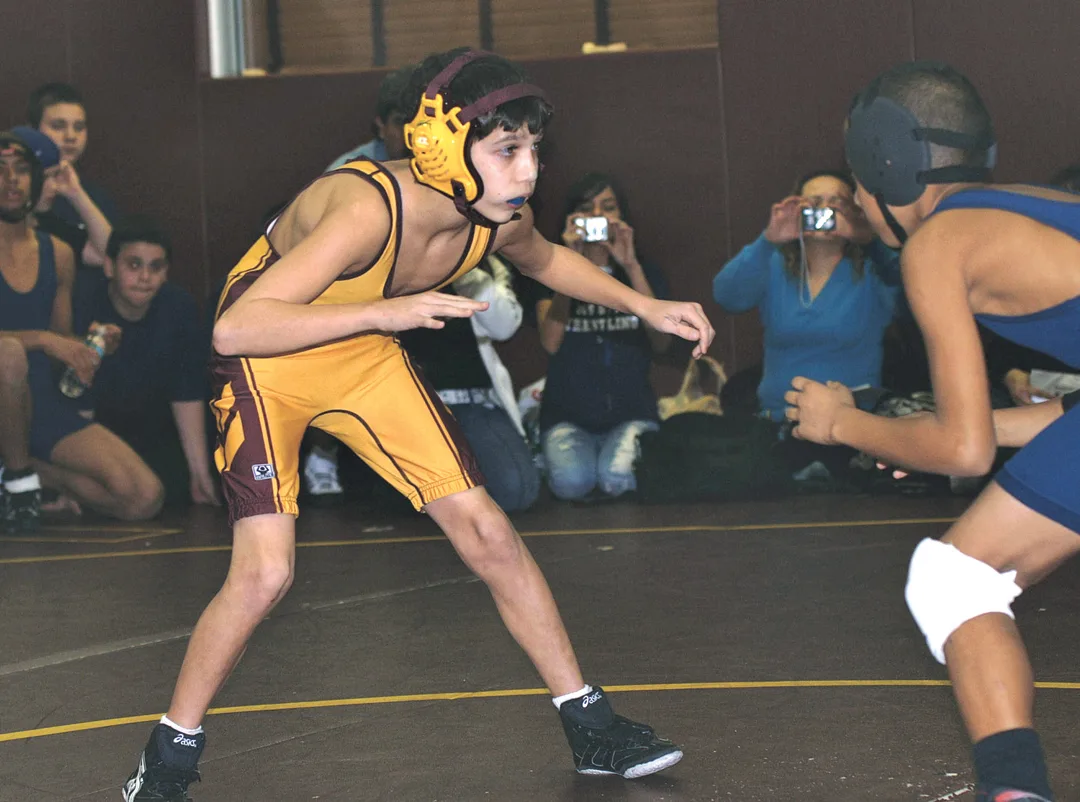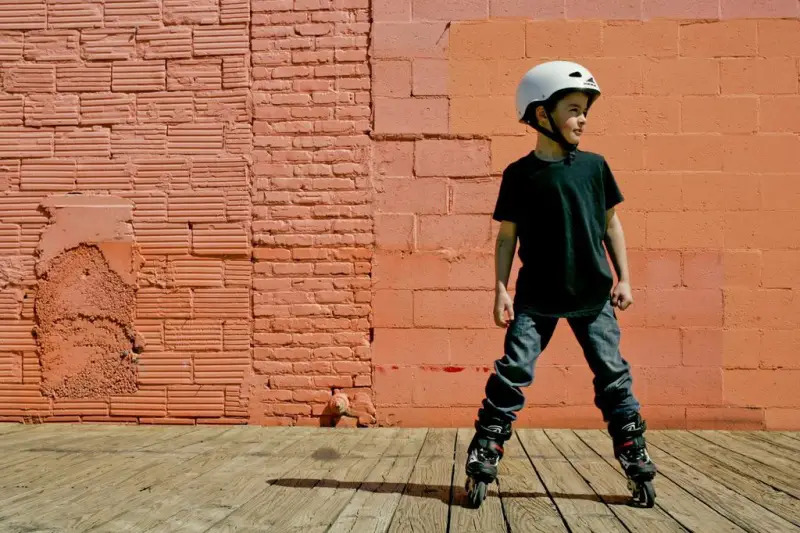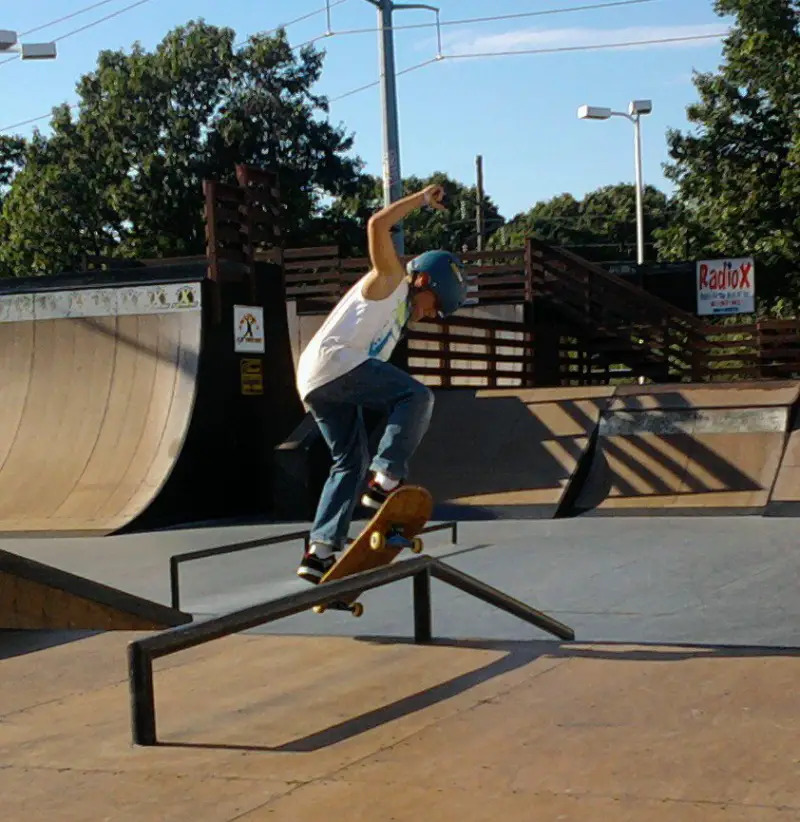Youth wrestling isn’t just for innately athletic kids-the skills can be developed, and anyone can excel (even those who start as late as age 12, when children’s bodies are primed for the sport). Read about the benefits as well as the risk of injury from this physical sport.
Hooman Tavakolian began wrestling at a Long Island middle school, and has since been in love with the sport. After competing at Hofstra University and Hunter College, he decided to take a break. “It was very difficult to walk away from wrestling,” Tavakolian says.
Tavakolian eventually returned to wrestling-this time to coach. He had a short stint as an assistant coach at Hunter College, and then coached at New York Athletic Club and Beat the Streets, an organization that strives to enhance the lives of area wrestlers, as well as increasing the exposure of the sport throughout the greater New York area. “Wrestling is a demanding sport and takes a toll on your body and mind, but the outcomes are life changing,” Tavakolian says. “Lessons learned on the mat are key for survival and advancement in the real world.”
 Skill Development
Skill Development
Kids can wrestle at any age, but those who begin around age 12 have the body awareness and flexibility to truly excel in the sport. Those who have previously taken gymnastics will also do well because they have the skills needed to land on their feet when flipped as well as the ability to turn out of escapes. And even though athletic kids have an upper hand in the beginning, all of the skills that are needed to reach the top level in wrestling can be learned.
“As a coach, I’m just looking for children to be consistent,” Beat the Streets training director Mike Torriero says. “They have to show up every day and work hard to develop their skills.” He adds that physical stature doesn’t really matter as much as some people think.
Thanks to the weight class structure, athletes, regardless or height or age level, only compete against those with similar weights. Tall, thin children may compete against shorter, stockier children. “This isn’t a team sport where you’re dependent on your teammates,” Torriero says. “And it doesn’t matter how good someone is when they start wrestling-all of the athletes can become among the best on the team.”
Of course, successes don’t happen overnight. Proper coaching is essential. Unlike baseball, basketball, or football, which most adults are familiar with, learning the skills necessary to coach wrestling can be tricky. There are odd rules and intricacies that often aren’t understood by those who aren’t immersed in the sport. “It’s not about being aggressive and trying to rip your opponents head off,” Tavakolian says. “It’s about strategy, commitment, and discipline. You need a coach who can understand the kids, break down their weaknesses, and help them build confidence.”
Inevitability of Injuries
Although there are numerous physical benefits including anaerobic, aerobic, strength, and flexibility training, there is also a high likelihood for serious injuries. Pediatrician Jeffrey Schor from Long Island’s PM Pediatrics notes that coaches need to understand the injury risks that can come along with wrestling. Wrestlers who are thrown can hurt their backs, especially against mats with less-than-adequate cushioning. But those who land on their knees, shoulders, or heads are most likely to experience problems. Headgear, which is now mandatory in competition but not in practices, should be worn at all times to cut down on the likelihood of concussions. Wrestler’s ear, which is caused by bleeding in the ear (a problem more cosmetic than medical), can also be prevented by headgear. Still, risk of infections remains high because wrestlers are constantly pressed up against each other or pressed against the mat.
As children get older, injury risks increase. “They’re bigger, stronger, and better at doing maneuvers that force their opponents down,” Schor says. “And, one wrong landing can cause an acute injury. These children aren’t like runners who experience repetitive, overuse injuries. These children can usually pinpoint exactly when they get hurt.”
Many are also under pressure to wrestle at lower weight classes than their ideal weight and may have trouble with disordered eating. Young wrestlers may skip meals, take laxatives, use diuretics, or form distinctive rituals around food. Some may try wearing tracksuits or use saunas to sweat more and expedite weight loss. All of these practices can be dangerous, and Schor cautions parents to be mindful of suspicious behavior. When peculiar behaviors are noted, parents should consult with doctors, coaches, and-most importantly-their child.
Coaches who understand the fine points of wrestling and have patience with their charges usually can help them succeed and stay injury-free. “In both wrestling and life, there are a lot of ways to get on top of the mountain,” Torriero comments. “When the kids stick with it, they realize that good things will come, and that’s all that matters. It’s about setting long-term goals and getting there.”
Related Articles:
How to Protect Your Young Athlete: Sports Gear & Equipment
Preventing Sports Injuries in Kids and Teens





















